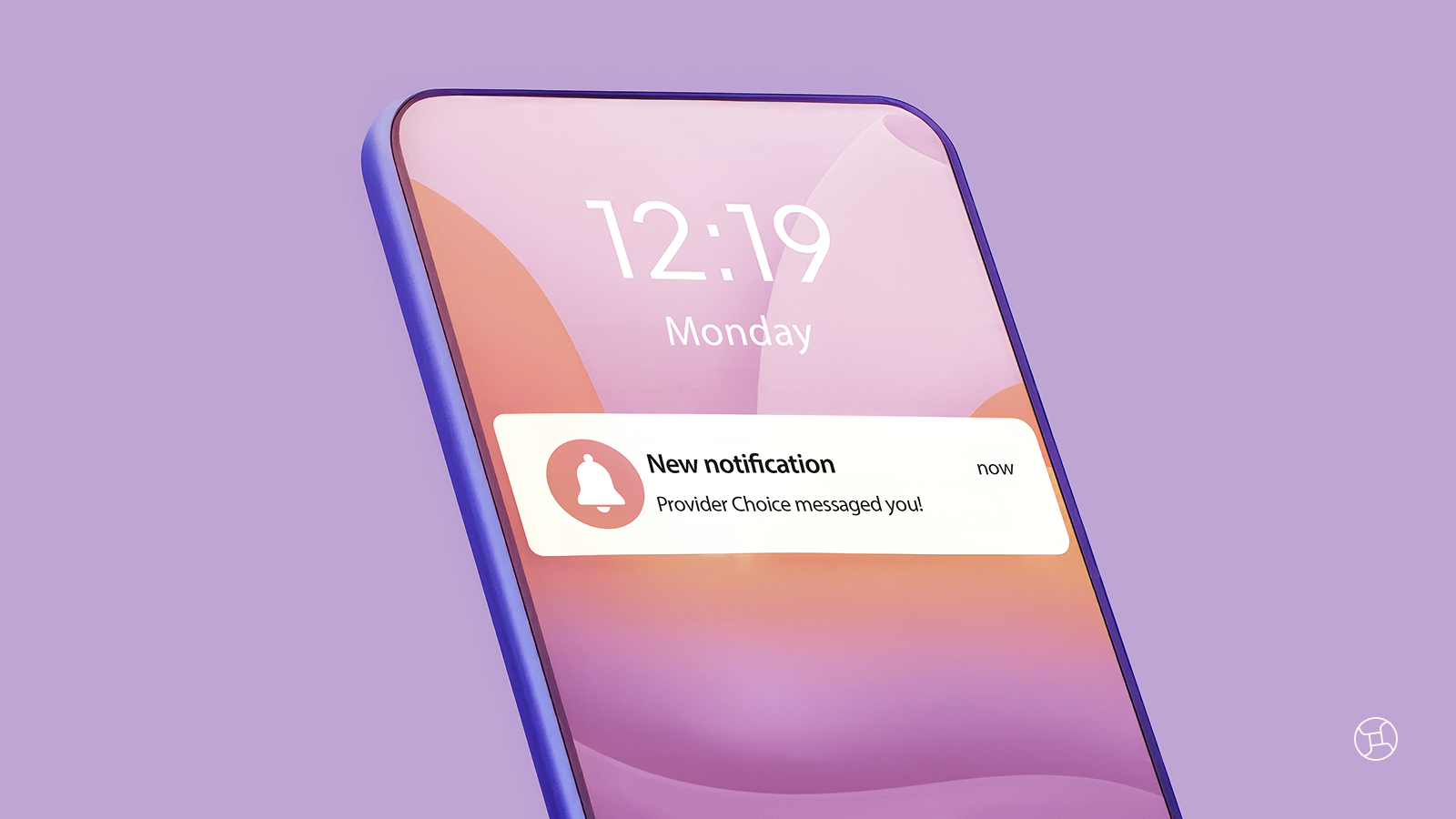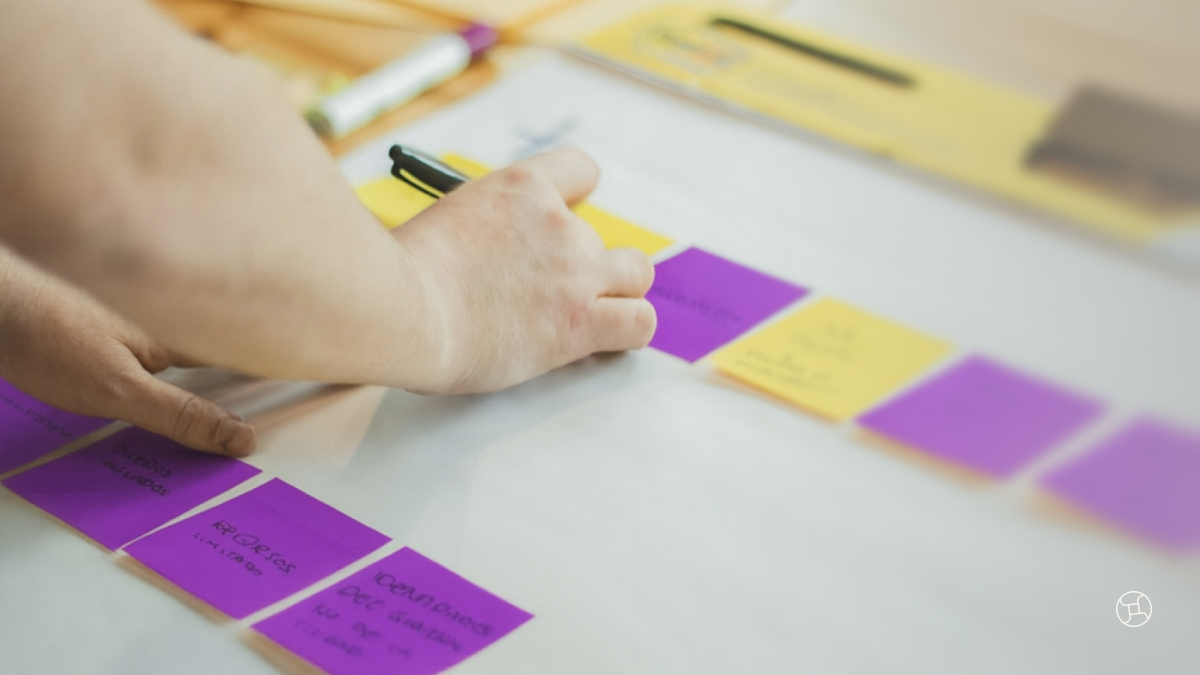The NDIS is preparing to introduce a new way to assess support needs. From mid-2026 a new model will begin rolling out for participants aged 16 and over.
The aim? To make assessments simpler, fairer and less costly but with any big change it’s natural to have questions. Here’s what’s happening, why it matters and how we’ll support you through it.
What’s Changing
The biggest shift is that participants will no longer need to provide expensive reports from doctors or allied health professionals to set their plan budgets.
Instead the new model will involve:
- A New Digital Tool: Assessments will use I-CAN version 6, a tool designed to understand support needs across 12 areas of life such as mobility, communication and domestic life. It was selected with guidance from a disability lived experience advisory group.
- A Structured Interview: An in-house NDIA assessor will meet with participants for a detailed interview (up to three hours). This will include questions about personal and environmental circumstances.
- A Focus on Support Needs: The new process shifts attention away from functional impairments alone and towards each person’s disability support needs.
Why This Is Happening
The NDIS Minister Jenny McAllister has explained that the current process can take “a long time” and cost participants “a lot of money.”
When families depend on costly assessments to prove support needs those who can’t afford them are at a disadvantage. The new model aims to create a more consistent and equitable system.
It’s worth noting that I-CAN version 6 isn’t new. It has been refined over 20 years and is already in use across other national programs including Disability Support for Older Australians.
The Community’s Voice
For many in the disability community this change feels familiar. A similar plan for independent assessments was proposed in 2021 but stopped after strong pushback.
This history is important and it explains why people are cautiously optimistic now. The key questions remain:
- Will assessors really understand individual needs?
- Can one tool capture the complexity of a person’s life?
At the heart of the conversation is a simple truth: people with disability are not numbers. Any new process must be transparent, fair and person-centred.
As Australia’s biggest independent plan manager we know the community voice matters. The positive sign is that the NDIA is taking a staged approach with opportunities for feedback along the way. Using the tool alongside personal interviews also aims to provide a more holistic picture of each participant.
What This Means for You
Nothing changes immediately. Your current plan and support remain the same until the new process begins in mid-2026.
Here’s what you can expect from us in the meantime:
- Clear updates in simple jargon-free language as new details are confirmed
- Step-by-step guidance when assessments start so you feel prepared and supported
- Continuity of support from our team who’ll be with you through the transition
We’re Here With You
At Provider Choice we’ve been here since the beginning in 2018. We’ve seen changes come and go and we’ve helped families navigate every step.
NDIS changes can feel overwhelming but you don’t have to navigate them alone. Our role is to give you clarity, confidence and trusted support now and into the future.
Change can be complex but understanding it doesn’t have to be.
You’ve got this and we’ve got you.
For more information on art and music therapy, see the recent update released by the NDIS here:
https://www.ndis.gov.au/news/10927-new-tool-deliver-simpler-pathway-disability-supports



